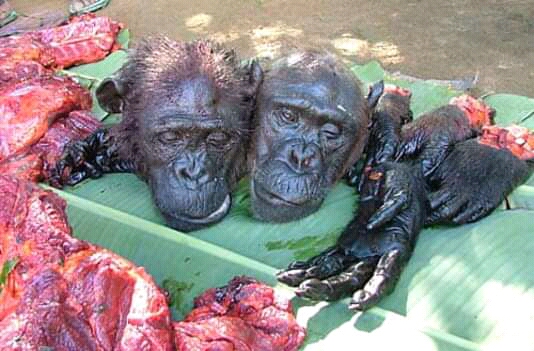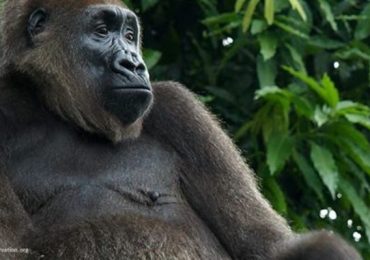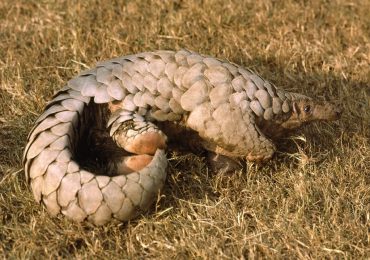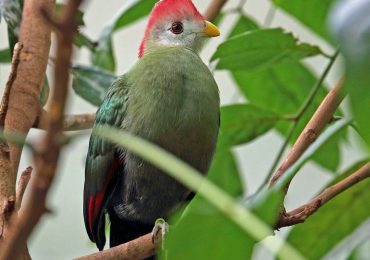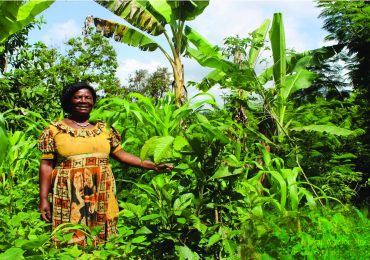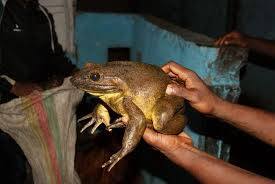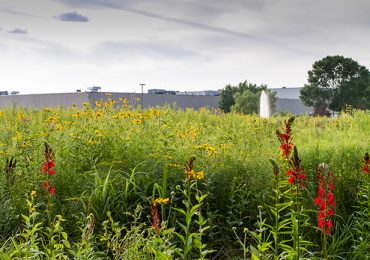It is heart breaking but not surprising for environmental preservationists, to watch admirable species of plants and animals, go into extinction, but the situation of the Great Apes in Cameroon might not be a case worth folding arms and watching. Great Apes in Cameroon, especially in the Deng Deng National Park and Dja Biosphere Reserve Conservation Landscape are more likely in a crisis situation, as outrageous poachers have seemingly waged a dreadful war on the animals.
A huge number of great apes have been beheaded, shot by poachers,with their body parts sold for hot cash by marauding hunters, while others have been used for food. I have been` coordinating the conservation of great apes for the past three years with The Environment and Rural Development Foundation (ERuDeF), as the Focal Point Manager for the Deng Deng-Dja conservation landscape .In our most recent survey, we recorded a high concentration of hunting activities in the park and several cases of apes slaughter reported in and around the park. Globally, apes population trends are decreasing and estimates shows a more than 60% decrease in West Africa (Goodall, 2000).
There are approximately 600 western lowland Gorillas and 200 western Chimpanzee’s population in the Deng Deng National park. These species are facing enormous anthropogenic pressure in and around the park. According to the Last Great Apes Association (LAGA), Gorillas and Chimpanzees were hunted mainly for bush meat and their babies captured and sold as pets. Recently cases have been reported where apes head, bones and limbs are removed and the full body for meat left behind.
These body parts are easily transported thereby encouraging poachers to kill more animals than previously done.
Moreso, ecoguards who are posted in the area are students coming directly from school who face challenges translating theoretical knowledge into practice and hence, hunters exploit their limited skills to their advantage to encroach into the park.
In addition, Diangha (2015) reported that the presence of Government, NGOs, Economic Operators and external development bodies in the area has promoted influx of human population leading to the high demand for bush meat. Therefore more efficient community education should be conducted to address the importance, role and benefits of communities in conservation of biodiversity.
To address this issue, actions such as survey of market and supply chain of apes, capacity building of ecoguards and community field guides and intensive conservation education has to be undertaken for the conservation of Apes in the area. For any comprehensive conservation and effective management action to be adopted for apes in this landscape, knowledge on the route, markets, quantity of Apes harvested and the consumption behavior of ape’s product has to be known in order to avoid extermination and to secure the richness of biodiversity.
Information on the black markets, supply chain and routes
of illegally harvested Apes and other wildlife products, will help policy makers and park managers in policy formulation and effective planning of patrol and forest surveillance missions.
Building the capacity of ecoguards and community field guides, will provide them with the necessary skills required to carryout effective patrols. This will also give them the confidence to survey large areas of the park, thereby ensuring effective law enforcement and monitoring of park entry and exit points to deter and reduce illegal wildlife crimes. Sustainable sensitisation to raise the awareness of local communities will also go a long way to change their consumption behavior towards apes and other wildlife products.


